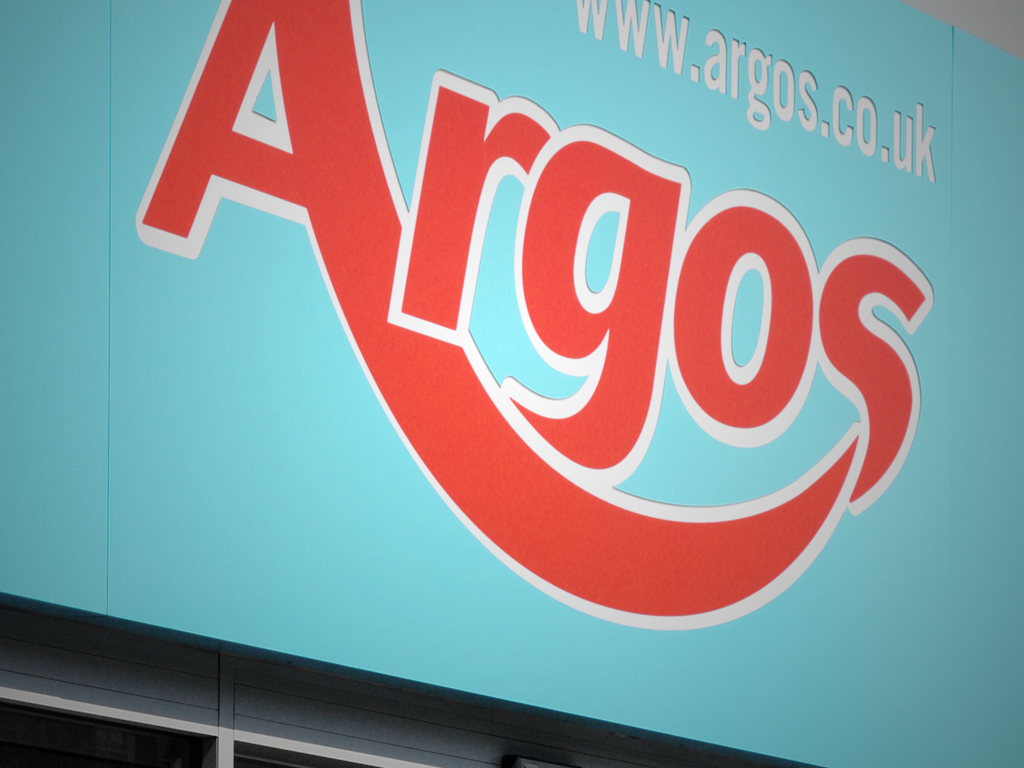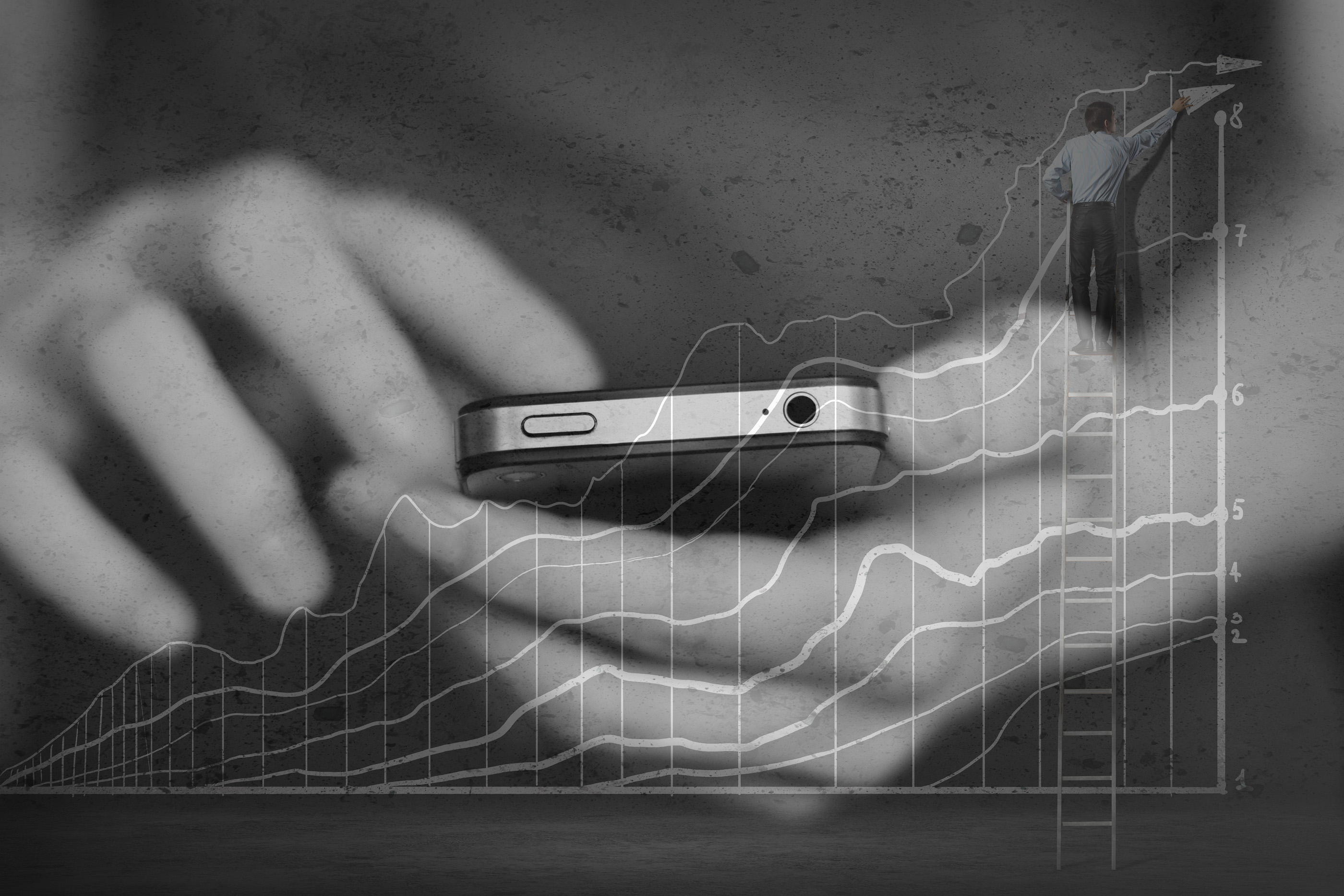The digital era has revolutionized the consumer purchase journey. The 2009 McKinsey model demonstrated that the old “funnel” concept has been overcome by the advent of the digital empowered consumer.
Since 2009 things have evolved further, especially for the new generation of consumers, millennials. Most of the purchase stages, from consideration to feedback – and sometimes all of them – happen online.
Who are millennials and what makes them different from the past generations?
There’s not a standard definition for millennials (yet) but there are some characteristics that are unique to this generation.
Born between 1980 and the mid-2000s, millennials are the largest generation in the U.S.
Millennials are more connected to technology than any other previous generations. They tend to be connected virtually via social networks and they value the role that they play in their communities.
They prefer to buy from brands that add value to their lives, from those brands that sell by providing relevant information or that support good causes.
Millennials have higher levels of education in comparison to previous generations, and they tend to be more tolerant and open to cultural diversity and multiculturalism. They also value uniqueness more.
Their purchase journeys are different because, unlike the older generations, they are familiar with technology and they see it as an opportunity. Unlike older generations, they appreciate the impact it has in their lives . Many of their purchase journeys begin and finish online.
This article will analyze the millennial purchase journey in a specific industry: travel.
The travel industry has been heavily disrupted by digitalization and we have reasons to believe it’s not yet ready to fulfill the needs of the new digital consumer. The lack of inspiring content is probably one of the biggest issues.
Let’s follow the online purchase journey of a typical millennial consumer from the moment when she starts thinking about traveling to the final feedback stage to understand how the travel industry has changed and what is still missing.
Meet Julia, The Typical Millennial Traveller
Julia is a woman in her late 20s who lives in London. She’s a digital account manager for an integrated creative agency, where she helps brands be more visible and engaging online.
Julia grew up in the technology era. As a consequence, she’s computer savvy and she can’t imagine life without the Internet, and, as is the case with many of her peers, she feels lost without her mobile phone. She relies on the web for almost everything: researching information, communicating with family and friends, and making the most of her purchases and bookings.
She is active on social media and loves to share her thoughts and the things she likes with her friends/followers.
Julia loves to travel but doesn’t like to buy all-inclusive holidays or to stay in resorts. She wants a customized and authentic experience and she wants to be in control. That’s why she researches all the information and makes all the bookings on her own, online.
According to a Google’s research from 2012, the Travel Purchase Journey is made up of five steps:

We believe there’s one more step between Booking and Experiencing: researching. And we also believe that Experiencing and Sharing are not two separate steps anymore for millennials: they take place at the same time.
The Millennial Stages Of Travel

Dreaming
It’s a spring morning and Julia is on a train. As every morning, she is reading the news on her tablet when she finds an article “Hot Summer Destinations 2015” and she realizes that it’s time to start thinking about her summer holiday. She wants to book in advance because she knows she’ll find cheaper flights and more accommodations available.
Julia starts thinking about the kind of vacation she wants to experience. She wants to relax on a natural unspoiled beach and to discover local culture and landscapes. She’s on budget so she decides to stay in Europe and starts considering three countries since that meet her requirements: France, Greece, and Italy.
She starts her research on Google and she begins reading articles about those countries. After reading several articles she makes her mind and decides to go to the south of Italy, to Salento more exactly, the “heel” of Italy.
Lesson For Brands
Be a source of inspiration for your customers. Create content that’s as good as that produced by travel magazines.
During the dreaming step, your customers will be actively looking for articles or videos that inspire them. Some smart brands are already doing it. American Airlines, Marriott, and BA have created their publisher websites where customer or potential customers can find interesting articles and stunning visuals – the best tools to inspire readers.
Planning
Now that Julia has chosen her destination, she needs to decide when to go, how to get there, and where to stay.
First, she looks for a cheap flight. She already knows where to find the best deals. She opens the SkyScanner app and she looks for flights departing from any London airports to Brindisi, Salento’s airport, in July. Checking the monthly view gives her an understanding of the best time when to fly.
She has decided on the dates so she now starts evaluating the accommodations. She’s thinking about which is the best option for her: hotel or apartment?
She decides to stay in an apartment because she thinks that spending time in a house, maybe in the historical center of a nice town, will make her feel like a local. A more authentic experience. So, while heading home from the office, she opens her Airbnb app and she starts looking for a nice apartment.
After spending some time checking the houses and the reviews she finds a nice apartment in the historical center of Lecce. The house looks lovely and the owner’s hospitality gathered great reviews.
Lesson For Brands
Smart marketers are already aware of importance of mobile search: 80 percent of Internet users use smartphones to search the Web. A study conducted by Yahoo shows that 74 percent of millennials research travel plans on a mobile device. A mobile-friendly site is a must, but having a well-designed and usable branded app can still make the difference, making you stand out from your competitors.
According to mobile analytics firm Flurry, the overall app usage has grown by 76 percent in 2014. Developing an app that is easy to use and that provides value to the users, without annoying them with unwanted notification, allows brands to increase the customer engagement and enhances the brand sentiment.
Booking
Now that Julia has done her research and found the best opportunities for her requirements she is ready to book. She books her flights, her holiday apartment, and after quickly checking the prices online she also rents a car.
Of course, she does everything online with her laptop, instantly. She doesn’t need to phone any of the companies and she’s confident about her choices because she has read many online reviews about those brands. She wouldn’t feel comfortable buying from a company that doesn’t have any online reviews.
Lesson For Brands
Online reviews are more important than ever. They’re a must to attract millennial consumers. At the beginning of the year, HubSpot published an infographic, which shows that 93 percent of millennials usually read reviews prior to making a purchase. If you want to attract millennial consumers, making your hotel, apartment, or restaurant the best kept secret in town wouldn’t be a smart move.
Encourage your customers to leave reviews but don’t expect them to be always positive. Make sure you reply politely to the negative ones and propose to the unsatisfied customers to give you another chance to make things right, when possible. Negative reviews give you the opportunity to improve your product or service and replying to them demonstrates to your customers, or possible future customers, that you value their opinions and that you want to provide great customer service.
Researching – The Missing Step
After choosing the location and booking, Julia wants to know everything about the place she is visiting. She starts searching for articles about Salento, holiday reviews and guides about the towns and villages she wants to visit.
She reads about the local cuisine and about the festivals and celebrations taking place during her stay. She wants to learn as much as possible about the destination.
Lesson For Brands
Brands aren’t tapping into that opportunity. After booking flights and accommodations consumers don’t receive emails from their “providers” that contain interesting content about the location they are going to visit. They have to research everything on their own.
Companies are always trying to understand what content would engage more with their customers. There’s no need to rack your brains to find the solution: it’s obvious that, after a booking a holiday, the consumer wants to read destination related content.
It’s important to create content for your website that addresses user/searcher needs. Optimize it and also promote it socially for maximum impact. Once customers have made a booking, why don’t you send them emails with location related content? If you don’t have the resources to produce your own content, the internet is your resource. The web is full of quality travel articles from trusted publishers. You can research and curate the best ones and send your customers emails linking to them.
Experiencing & Sharing, Combined
As with many of her peers, Julia loves to share her experiences instantly. That happens on holiday as well. A holiday used to be considered the right time to switch off, to be disconnected from the world, but things have changed for the new generations. Millennials want to be connected, always.
During her stay, Julia takes pictures of the places she sees, and the foods she eats. She needs to be connected to research the restaurants for her dinners, she needs to check Google Maps to find reach the places she wants to visit, and she wants to be able to share her pictures with her friends and family right after taking them.
Lesson For Brands
Millennial consumers want to stay connected on holiday and they actively look for inspiration on where to go, what to see, and where to eat. Furthermore, they want to share those moments while they’re experiencing them. Be there for them.
Be their source of inspiration. Email them about the best restaurants in the area or links to article about the most beautiful location they need to visit. Encourage them to share those moments on social media. Try providing them with a hashtag so you can actually see what they share and engage with them.


